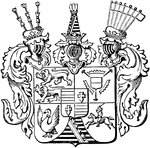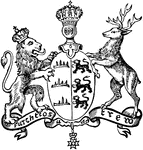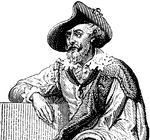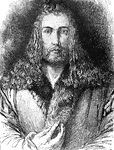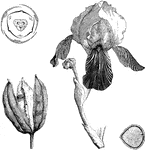
German Millet
"German Millet: a and b, two views of the spikelet with its cluster of three "beards;" c, 'seed.'" -Department…
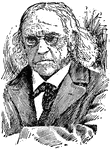
Theodor Mommsen
(1817-1903) German historian and archaeologist most celebrated for his work with Roman history.
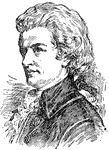
Wolfgang Amadeus Mozart
(1756-1791) German composer of the Classical era. Some of his most famous works are The Marriage of…
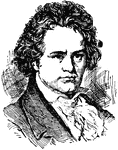
Ludwig von Beethoven
(1770-1827) German composer whose most famous works are his Fifth and Ninth symphonies and Moonlight…
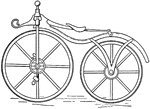
Dandy Horse
German for "running machine", the dandy horse was a two-wheeled vehicle propelled by the rider's feet.

German 17th Century Chair
The German 17th century chair had openings for the hand that were carved into the wooden back of the…
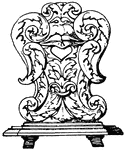
German 17th Century Chair
The German 17th century chair had openings for the hand that were carved into the wooden back of the…
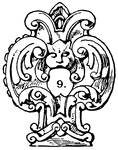
German 17th Century Chair
The German 17th century chair had openings for the hand that were carved into the wooden back of the…

Toilet-Stand Clock-Case
This Toilet-stand clock-case was made during the German Renaissance in 1597. A slender tall cabinet,…

Toilet-Stand Clock-Case
This Toilet-stand clock-case was made during the German Renaissance. Made of various colored wood, it…

German 17th Century Architectural Frame
The German 17th century Architectural frame was an oblong shape that was surrounded by an ornate frame…

German Mirror-Frame
The German mirror frame was made in the 18th century. A mirror surrounded by scroll work.
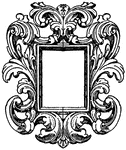
German Mirror-Frame
The German mirror frame was made in the 18th century. A mirror surrounded by scroll work.

German Renaissance Architectural Frame
The German Renaissance Architectural frame had a small niche in the middle or curved out hole as a design.
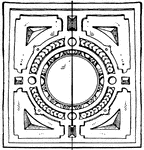
Coffer Frame
The Coffer Architectural frame of the German Renaissance, was a round shape that is surrounded by an…
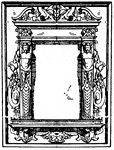
Pulpit Frame
The pulpit Architectural frame was a German frame that was dated between 1595 to 1597. It had the general…

Modern Architectural Frame
This modern frame was made in the style of the German Renaissance. It has an oblong shape in the center…
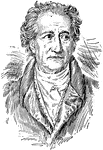
Johann Wolfgang von Goethe
"(1749-1832), the greatest figure in German literature, a dramatist, lyric poet, novelist and philosopher."…
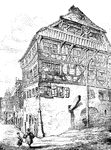
Albrecht Dürer's House in Nürnberg
"Albrecht Dürer's House in Nürnberg. From the engraving in Dibdin's 'Biographical Tour.'"…
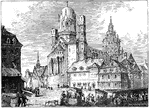
Mayence Cathedral
Now known as Mainz Cathedral. Originally St. John's Church, then St. Salvator, consecrated in 911 by…
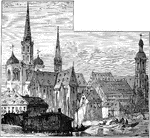
Constance Cathedral
The Cathedral of Constance (Konstanzer Münster in German) served as the central church of the diocese…
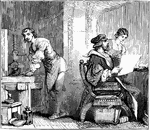
Caxton in the Almonry, Westminster
William Caxton (c. 1415~1422 – c. March 1492) was an English merchant, diplomat, writer and printer.…

Martin Luther
Martin Luther (November 10, 1483 – February 18, 1546) was a German monk, theologian, university professor,…
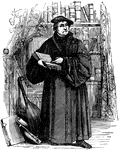
Martin Luther
Martin Luther (November 10, 1483 - February 18, 1546) was a German monk, theologian, university professor,…
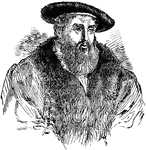
Johannes Kepler
Johannes Kepler (December 27, 1571 - November 15, 1630) was a German mathematician, astronomer and astrologer,…

Helmuth Karl Bernhard Graf von Moltke
Helmuth Karl Bernhard Graf von Moltke (October 26, 1800 - April 24, 1891) was a German Generalfeldmarschall.…
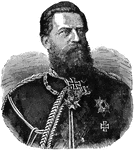
Frederick III, German Emperor
Frederick III (October 18, 1831 - June 15, 1888), was German Emperor and King of Prussia, ruling for…

King George I of Great Britain
George I (28 May 1660 – 11 June 1727) was King of Great Britain and Ireland from 1 August 1714…

Rev. Edward Bouverie Pusey
Edward Bouverie Pusey (22 August 1800 – 16 September 1882), was an English churchman and Regius…
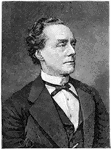
Ernst Curtius
Ernst Curtius (September 2, 1814 – July 11, 1896) was a German archaeologist and historian.
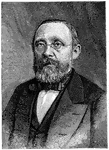
Rudolf Virchow
Rudolf Ludwig Karl Virchow (13 October 1821 – 5 September 1902) was a German doctor, anthropologist,…
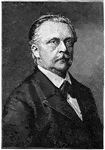
Hermann von Helmholtz
Hermann Ludwig Ferdinand von Helmholtz (August 31, 1821 – September 8, 1894) was a German physician…
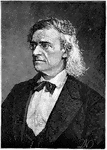
Theodor Mommsen
Christian Matthias Theodor Mommsen (30 November 1817 – 1 November 1903) was a German classical scholar,…
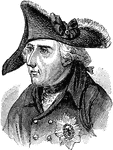
Frederick II of Prussia
Frederick II (January 24, 1712 – August 17, 1786) was a King of Prussia (1740–1786) from…
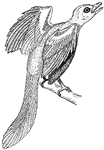
Archaeopteryx
Archaeopteryx, sometimes referred to by its German name Urvogel ("original bird" or "first bird"), is…

Rall's Headquarters
Johann Gottlieb Rall (ca. 1726 - December 26, 1776 ) was a German colonel in command of Hessian troops…
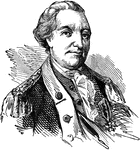
Baron de Kalb
Johann von Robaii, Baron de Kalb (June 19, 1721 – August 19, 1780) was a German soldier and volunteer…
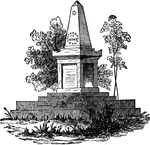
Baron de Kalb's Monument
Monument to Johann von Robaii, Baron de Kalb a German soldier and volunteer who served as a major general…

Tit Bird
The tits, chickadees, and titmice comprise Paridae, a large family of small passerine birds which occur…

Francis Lieber
Dr. Francis Lieber (March 18, 1800 – October 2, 1872) was a German-American jurist and political philosopher.…
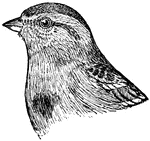
Tree Sparrow
The Tree Sparrow, Passer montanus, breeds over most of Europe and Siberia, and allied forms occur in…
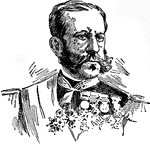
Valeriano Weyler
Valeriano Weyler Nicolau, marqués de Tenerife (17 September 1838 – 20 October 1930) was a Spanish…



